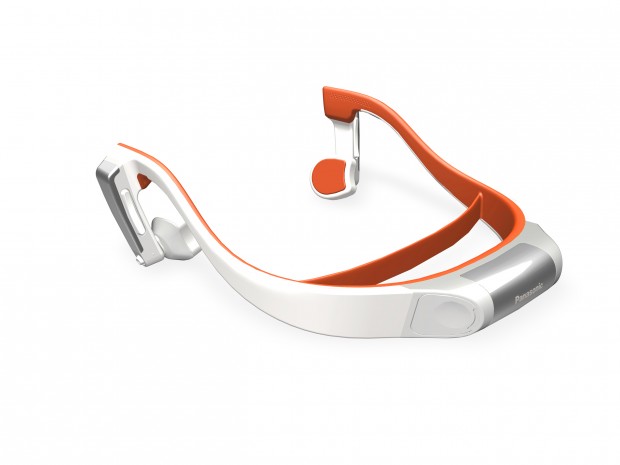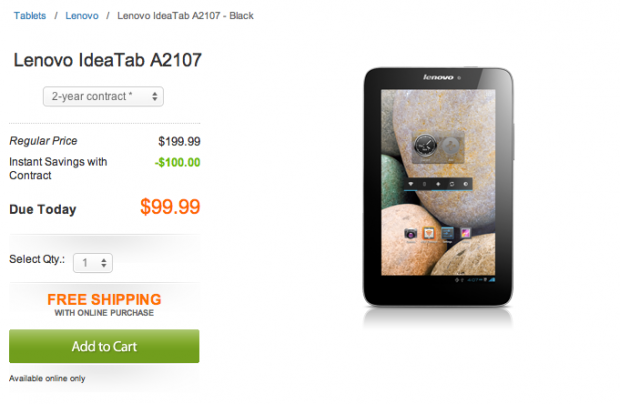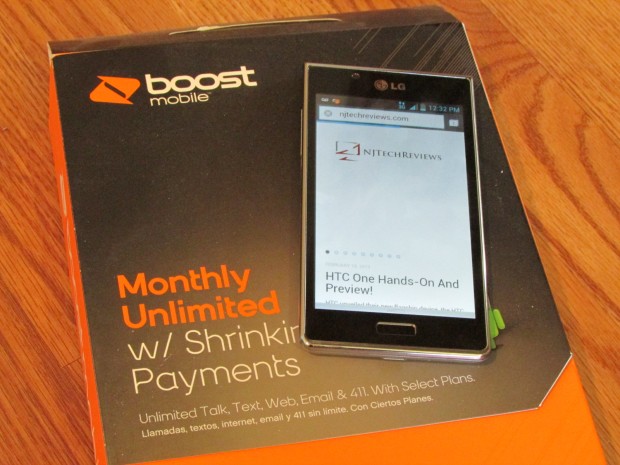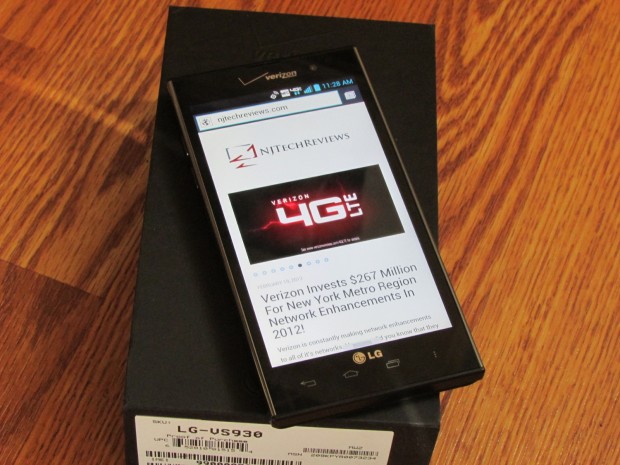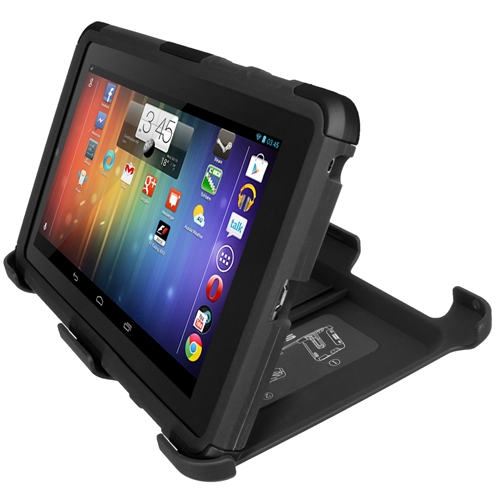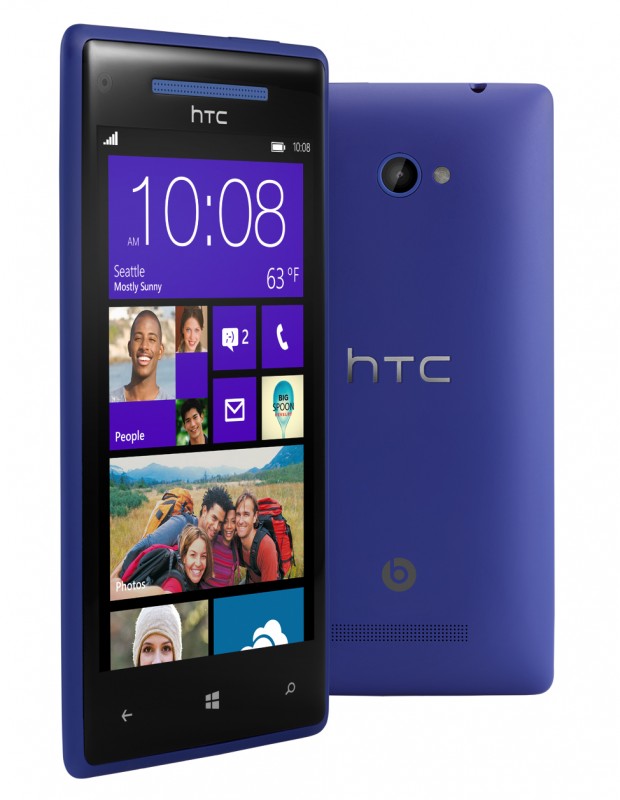-
AT&T Is Prepared For The Winter Storm And Offers Tips To It’s Customers!
February 8, 2013 by Jacob Krol in Breaking News, Communication, Network
AT&T has been preparing for the big Winter Storm that is hitting the North East, including New Jersey! They have an “arsenal of disaster response personal and equipment” that are on standby. This way AT&T will be ready and able to respond when and were needed. They have positioned generators, topped off fuel of generators, have high-capacity back-up batteries at cell sites, installed “Quick Connect Generator Plugs” at many of our cell sites, and staged more equipment for emergency response. Since previous storms have tested the network several cell sites and other facilities have had permanent generators installed. AT&T is prepared for outages that may occur and are prepared to get it back up as fast as possible. The AT&T National Disaster Recovery(NDR) team is ready to be deployed and will be working with local, state, and federal officials. AT&T has released many tips as well, you should make sure you battery is fully charged and have a secondary way to charge the device. If a dangerous situation comes about be sure to have a family communication or emergency plan. You can track the storm on your device by downloading applications and this will come in handy if you lose power. AT&T suggest to use text messaging instead of making phone calls, as there may be fewer network resources available and texts have a greater chance of going through. Going along with this point they suggest to keep nonemergency calls to a minimum. You should be prepared for a high call volume as well. You can see AT&T’s full list of tips below or visit www.att.com/aboutus and www.att.com/vitalconnections. AT&T is prepared for this major winter storm and ready to get service back up and running if it goes down! For more information check out the press release below. Stay Safe!
Press Release
AT&T Network Prepared as Major Winter Storm Approaches the Northeast
Company Encourages Customers to Prepare, Offers Communication Tips
Dallas, Texas, February 08, 2013
With an arsenal of disaster response equipment and personnel on standby as a major winter storm nears, AT&T* is ready to respond quickly.
AT&T has activated our storm preparedness process as we closely monitor the path of the winter storm, which is expected to impact the northeastern United States this weekend. Among our preparations, we’ve topped off fuel at generators positioned at cell sites, installed and tested high-capacity back-up batteries at cell sites, installed “Quick Connect Generator Plugs” at many of our cell sites and staged additional emergency response equipment in strategic locations.
In addition, AT&T has continued to enhance network redundancy in storm-prone areas by installing more back-up and permanent generators at critical cell sites and switching facilities; locating critical equipment in less vulnerable areas; upgrading electronics critical to network operations above expected flood levels; and protecting physical facilities against flooding.
The company has been working for the past few days to position equipment and crews to respond to the storm and are closely linked with appropriate public officials in their storm response efforts. As can be expected with a storm of this magnitude, there may be some outages. But if service goes down, the company is prepared to get it back up as fast as possible.
The AT&T National Disaster Recovery (NDR) program is one of the industry’s largest and most advanced disaster response programs and includes more than 320 technology and equipment trailers that can be quickly deployed to respond to disasters. The NDR team works closely with local AT&T network personnel, regional Emergency Operations Centers and Local Response Centers to restore and maintain service until permanent repairs can be made.
Just as we prepare our networks and personnel, AT&T encourages residents and small businesses to consider the following recommendations in preparation for the storm.
Consumer Tips:
- Keep your wireless phone batteries charged at all times. Have an alternative plan to recharge your battery in case of a power outage, such as using your car charger to charge your device or having extra mobile phone batteries on hand.
- Have a family communication plan in place. Designate someone out of the area as a central contact, and make certain that all family members know who to contact if they get separated. Most importantly, practice your emergency plan in advance.
- Program all of your emergency contact numbers and e-mail addresses into your mobile phone. Numbers should include the police department, fire station and hospital, as well as your family members.
- Track the storm and access weather information on your wireless device. Many homes lose power during severe weather. If you have a wireless device that provides access to the Internet, you can watch weather reports on your phone.**
- Camera phones provide assistance. If you have a camera phone, take, store and send photos — even video clips — of damaged property to your insurance company from your device.
- Take advantage of location-based mapping technology. Services such as AT&T Navigator and AT&T FamilyMap can help you seek evacuation routes or avoid traffic congestion from downed trees or power lines, as well as track a family member’s wireless device in case you get separated.**
Maximizing Service During and After a Storm:
- Try text messaging. During an emergency situation, text messages may go through more quickly than voice calls because they require fewer network resources. All of AT&T’s wireless devices are text messaging capable. Depending on your text or data plan, additional charges may apply.
- Keep non-emergency calls to a minimum, and limit your calls to the most important ones. If there is severe weather, chances are many people will be attempting to place calls to loved ones, friends and business associates.
- Be prepared for high call volume. During an emergency, many people are trying to use their phones at the same time. The increased calling volume may create network congestion, leading to “fast busy” signals on your wireless phone or a slow dial tone on your landline phone. If this happens, hang up, wait several seconds and then try the call again. This allows your original call data to clear the network before you try again.
Additional information and tips for disaster preparedness can be found at www.att.com/aboutus andwww.att.com/vitalconnections.



